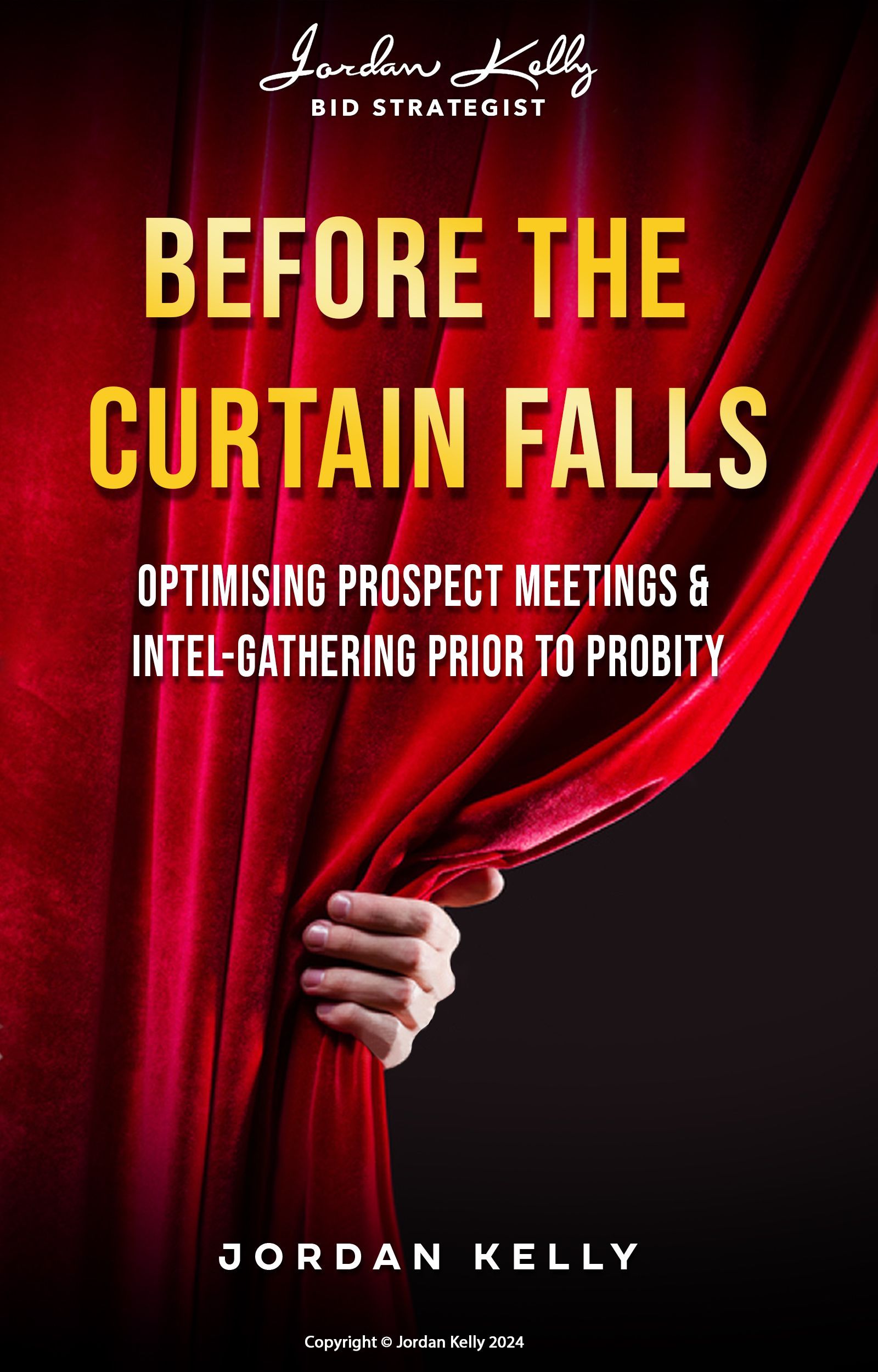CATEGORIES:

If you’re a senior executive responsible for setting – and overseeing the attainment of – your enterprise’s corporate growth goals, I have a question for you:
How informed are you on the individual contracts that comprise the overall total of your organisation’s business-under-pursuit?
How certain are you that the priorities underpinning the prioritisation of current new-business pursuits are 100 percent aligned with the rationale held by your management team and your directors when you set the growth goals for your company or your division?
Often, when developing the strategy for a bid, I’ll dig down – and backwards, so to speak – to understand the value of that contract or project in the context of corporate growth goals. Too often, my resultant observation is that the piece of business being bid for hardly seems a particularly strategic pursuit at all.
It turns out that, in reality, the criteria for selecting the pursuit has been applied by a range of parties and has, at best, been somewhat fuzzy. Reasons given for participating in a bid range from “economies of scale” and “we can’t afford to lose this to a (specific) competitor”, to “we want into that market”, “we want to grow that business” and “we have excess capacity” . . . oh, and, even more simply, “we want it”.
Of course, any or all of these may be perfectly valid in any given instance – but, for the most part, they lack clarity, quantification, and a readily articulated supporting connection with board and senior management’s expressed growth goals.
The following suggestions may be helpful.
(Initial) Senior Management Participation
It may be a valuable exercise for senior management to participate (at least initially i.e. upon release and in articulation of their higher-level goals) in drill-down, component-specific plans for on-the-ground implementation of their objectives.
I’m not suggesting senior executives become micromanagers or demoralise their division heads by telling them “how” to do the job. I’m simply suggesting that some early and initial integration of thought processes would go a long way to ensuring that the business-hunters out at the sales coalface are on the same page as senior management, and that so also are all levels of management in between.
Upwards Explanation of Rationale
It may be useful for board report contributions from sales divisions to include a specific underlying rationale for the pursuit of any contract or project above a specified value.
These written contributions would:
(a) Demonstrate the connection between the prize in question and corporate-level market growth goals;
(b) Outline a holistic indication of the cost (both soft and hard) of pursuing the piece of business;
(c) Provide a realistic comparative projection of its ROI, and
(d) Provide commentary on any sacrificed opportunity cost resulting from other business not pursued or from which focus or resources were withdrawn.
In summary, clarifying and articulating corporate and business development goals helps ensure priority is placed on identifying and pursuing the opportunities and bids that most directly support those bigger picture objectives.
Meantime, periodically (better still, regularly) checking in with sales and business development teams (at all levels) to ensure the higher-level imperatives and objectives are reflected in the trenches (and in bidding endeavours), helps ensure the organisation stays aligned from top to bottom.
TO BID OR NOT TO BID

(Training Program)
The real value of a thorough and well thought-out bid/no bid decision analysis – whether highly structured or less so – results from asking the right questions (in a logically-progressing order) and seeking out well-researched answers.
It's a customised, deep-thinking process during which a valuable perspective of the client and the opportunity is built. When that is followed by a
realistic self-analysis, the framework is in place for making a genuinely
strategic, properly informed
decision.



